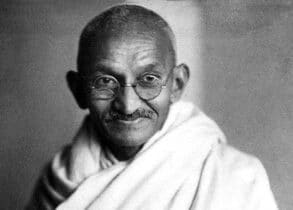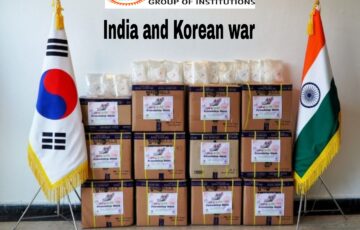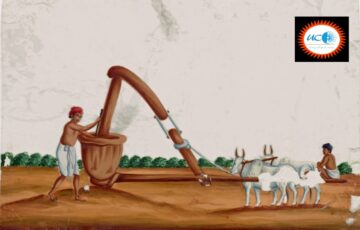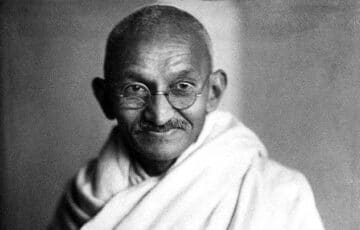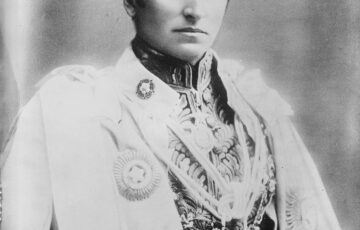Discuss the role of foreign nationals in the Indian freedom struggle during the Gandhian phase.
Approach:
- Give a brief introduction about the Gandhian phase in the Indian freedom struggle.
- Discuss the role played by foreign nationals in the Indian freedom struggle, especially during the Gandhian phase.
- Conclude accordingly.
Answer:
The phase of the national movement from 1917 to 1947 is known as the Gandhian phase in the Indian national movement. During this period, Mahatma Gandhi employed his principles of non- violence and Satyagraha against the British government. Also, in this period, many foreign nationals were appalled by colonialism and driven by a desire to support India’s freedom struggle. Some of them were inspired by Gandhiji.
Role played by foreign nationals in the Indian freedom struggle during the Gandhian phase:
- Annie Besant: She came to India in 1893. A London-born Irish liberal, she supported trade union rights and women’s rights (including contraception). Once in India, she plunged into the nationalist movement, helping set up the Indian Home Rule League, which was modeled after her Irish experience. She was the first woman to serve as the President of the Indian National Congress in 1917, and was one of the founders of the Banaras Hindu University.
- Madeleine Slade: She was a British citizen who was a supporter of the Indian independence movement. In the 1920s, she left her home in England to live and work with Mahatma Gandhi. As she yearned to live by Gandhi’s ideals and principles in daily life, Gandhiji gave her the name is Mirabehn.
- B.G. Horniman: A newspaper editor whose paper Bombay Chronicle frequently questioned the colonial government, and the world learned the horrors of the Amritsar massacre at Jallianwala Bagh in 1919 because of his reporting. Horniman’s newspaper was an outspoken supporter of Indian nationalism, and he had made it his mission to see that Indians were given the same rights of liberty and freedom that the Englishmen took for granted.
- Philip Spratt: He was a Communist who plunged headlong into organizing the working class in
India. In the late 1920s, the colonial administration swooped on many Communists and Leftists,
including Spratt, and implicated them in what came to be known as the Meerut Conspiracy Case. Spratt was no fan of Gandhi’s non-violence, but he was touched when Gandhiji visited the Meerut detainees.
- Samuel Stokes: In 1920, he joined Gandhi’s non-cooperation movement and vigorously campaigned for the abolition of forced labour. Jailed for opposing the modern form of slavery,
Stokes was a fierce individualist who disagreed with Gandhi’s insistence on making the spinning of cloth a requirement in the Congress Party. He also wrote to Gandhiji in 1939, as World War II was breaking out, arguing that India should ally with the British against the greater menace of Nazism. Thus, many voices had strengthened and enriched the nationalist movement including those of foreign nationals in India’s struggle for independence.

